My Niece Uninvited Me From Her Wedding the Night Before — Then Blamed Me for Ruining Everything

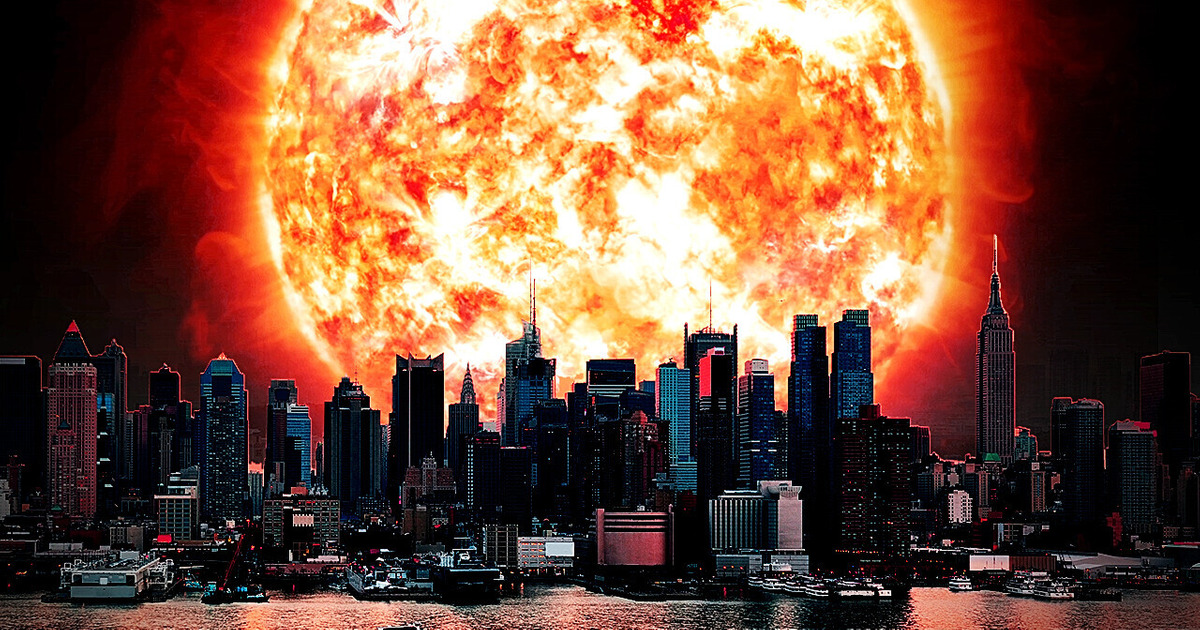
The Universe is not static. It evolves all the time and grows in all directions. It’s expanding, and scientists found this out almost a century ago. And it’s not at a stable rate — the more time goes by, the faster the Universe expands.
As this happens, stars, planets, and galaxies move farther and farther apart, which leaves more space between them. If that’s the case, the Universe is supposed to become colder as it expands, right? After all, it was a lot denser when the Big Bang happened. And a lot hotter. As it was expanding, space was cooling down, which created conditions for planets, stars, and other space objects to form.
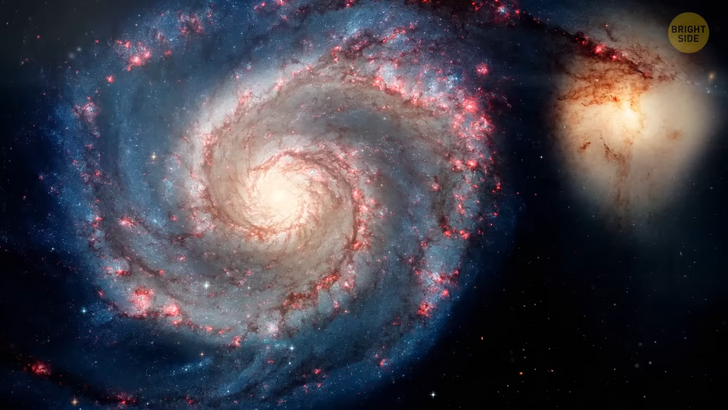
Yeah, that’s not exactly the case now. Scientists were surprised to hear it, too. But our Universe is actually getting hotter. They observed the temperature of cosmic gas farther away from our home planet compared to young gases closer to the Earth.
Since we measure distance in space by light-years, farther areas are like going back to the past, and regions closer to us are like observing the present day. They found out the temperature of a gas in space has gone up more than 10 times in the last 10 billion years. Now the temperature of the cosmic gas that’s spread all across the Universe can get to around 4 million degrees Fahrenheit. Wow.
As the Universe expands, gravitational force does its part and pulls gas and dark matter together. It’s doing some pretty hard work there. It creates galaxies and clusters of galaxies out of them. And this process is totally chaotic. It’s so messy, that more and more gas heats up as all of this is happening. Space was extremely hot when it was just forming, 13.7 billion years ago. What if it gets warm like that once again?
Scientists are observing the situation. They found out the temperatures in space increased by measuring cosmic gases, using something called redshift. They generally use this method when they want to see how far away some space objects are. Those that are closer to us have shorter light wavelengths. The farther some object is, the longer its light wavelengths are. And they can now determine the temperature of a certain object from its light.
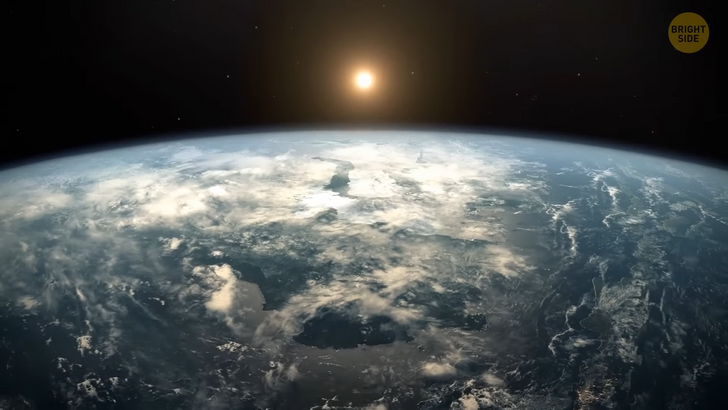
On average, space is a pretty cold place. The glow that’s left from the Big Bang is called the CMB, which is short for the cosmic microwave background. It’s so powerful and intense, it bathes the entire Universe in light. It’s the only thing that significantly heats up matter. But there are many smaller mechanisms that help to heat up matter in the Universe.
And they could go crazy if space warms up. Like stars. They emit radiation that affects nearby dust and gas. They radiate throughout the far-infrared, too. When a star is at its early stage, the radiation coming from it forms protoplanetary structures that look like disks. They primarily form in a single plane. And a bright central star produces spectacularly illuminated gas. And there are blue reflections of this gas.
It was like that with our planetary system, too. Strong energy and gravitational forces cause collisions, dust, and gas in an uncontrolled vortex that’s forming planets. That’s why most planets in our Solar System orbit in the same direction. That’s the direction this giant whirlpool was spinning a long time ago, too. Active stars, colliding galaxies, stellar cataclysms, black holes, neutron stars — the Universe has so many sources of energy. And when you surround normal matter in space with such an energetic environment, it heats up drastically.
When you heat something up, it radiates that energy away in a certain way. In most cases, galaxies have just a couple of areas where stars are forming — at regions where gas is collapsing. A bubble that surrounds that area contains ionized hydrogen. ¾ of our Sun is hydrogen. Thanks to that hydrogen, the Sun keeps us warm. In its core, hydrogen transforms into helium, and causes atomic fusion — yup, that’s how our Sun releases its energy.
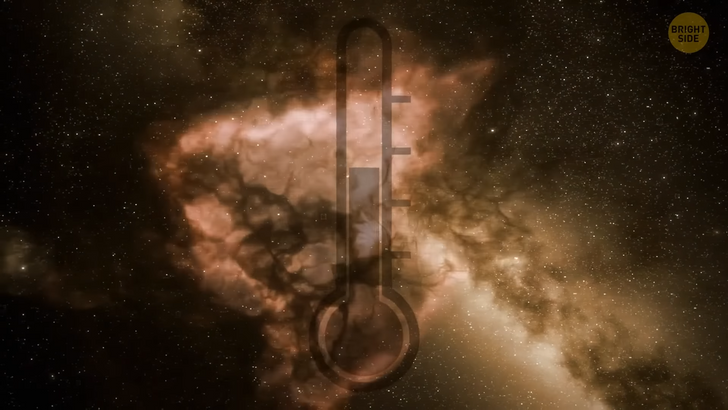
Radiation heats all that gas to thousands and thousands of degrees. At the same time, it ionizes a large number of atoms and molecules — which basically means it turns them into ions. Atoms are neutral particles, and ions are either negatively or positively charged particles. If the Universe heats up, our Sun might, too. If its temperature hits 30,000 degrees Kelvin, it could become hot enough to ionize all those materials it had previously ejected. And it could create a real planetary nebula.
This would be a nebula in the shape of a ring, that forms because of an expanding gas that surrounds an aging star. As the temperature goes up all the time, hydrogen ionizes. At a few thousand degrees, this could turn the nebulae in our Solar System pink with emission lines. Our Sun could come to its end if it reaches the temperature of 50,000 degrees Kelvin. If you could float in space and come closer, you’d see it glow in eerie green tones because of doubly ionized oxygen.
Higher-energy phenomena make more galaxies collide. This heats gas even more and eventually results in X-ray emissions. What about black holes and radiating neutron stars? When they go crazy, they can shape whole galaxies, and who knows what more. Maybe we’d have more masers too? Those are natural lasers our Universe produces. They arise when big populations of molecules receive large amounts of energy. By now, scientists have found the strongest, yet the most distant maser, so powerful it’s more luminous than the light 6,000 Suns would produce — and in just one emission line.
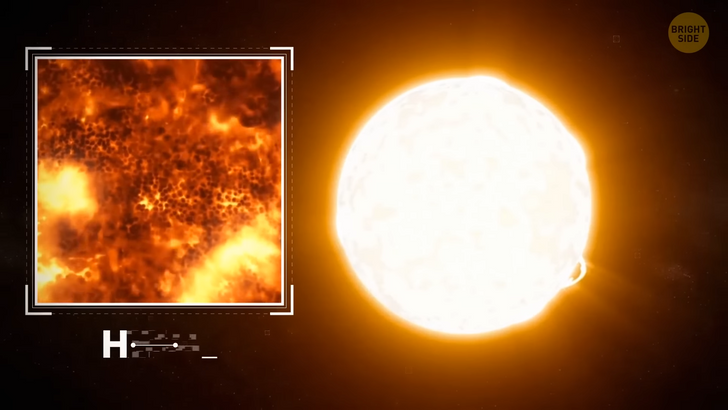
Maybe then we’d discover even stronger masers. That’s in the case that we are going to even be here at all. Because as the Universe is getting hotter, cosmic radiation is getting stronger. Not so good for life on Earth. Increased cosmic radiation could harm us. Who knows if life would even be possible on Earth in that case, or if the powerful gravitational force would pull our home planet, too, and crash it into another one.
But maybe life as we know it wouldn’t completely disappear. Or, if that happened, it could possibly somehow find its way once again, maybe in the distant future. There’s a possibility our Universe could support life at its early stages. Doesn’t look like that when you think of the chaos the Big Bang caused, right? But that was only in its mere beginnings.
After things had settled down a bit, the dregs of enormous, the earliest stars formed rocky planets. In our Solar System, those are Earth, Mars, Mercury, and Venus. You can’t set your foot on the rest of them since they’re gas giants [Saturn, Uranus, Neptune].
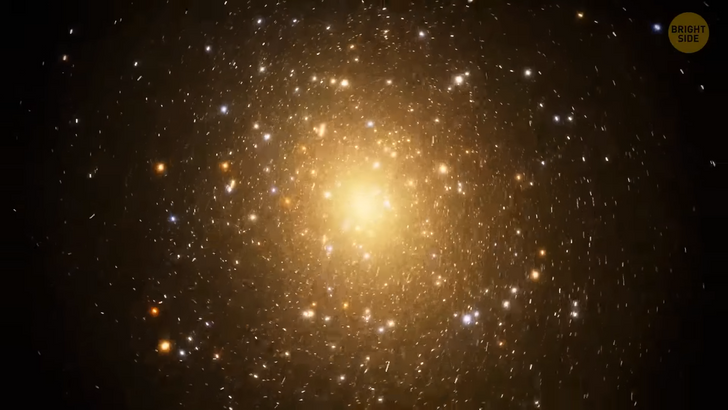
Back in that time, radiation was quite intense, so rocky planets had an adequate environment to form — since it takes a lot of energy to whirlpool dust and particles and “bake” a planet in the end. This period of time coincides roughly with that when the first stars formed in our Universe.
Ancient stars were way bigger than our Sun. They lived shorter, though. They would have just exploded as supernovas on their end. And they would leave heavy metals across the space around them. Those are the particles rocky planets formed from.
Radiation spread around the whole Universe back then. It has changed over time. Today, it’s almost an absolute zero. 400,000 years after the Big Bang, when hydrogen atoms were forming, CMB [cosmic microwave background] was almost as hot as the surface of our Sun.
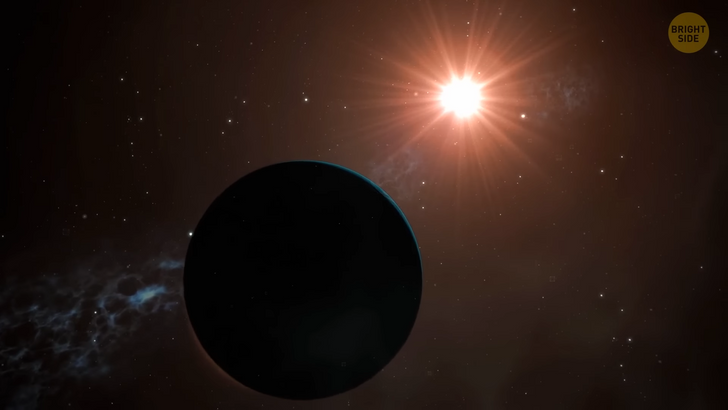
And about 15 million years after the Big Bang, its temperature was close to room temperature, which is around 80 F. These things were happening across the Universe, so there were many planets that could potentially hold life. If we were one of those ancient worlds, we wouldn’t need a star to keep us warm. CMB [cosmic microwave background] would be enough to do it.
So it’s possible that life in space is way older than we think it is. There could have been ancient worlds with liquid water on their surface. What if there were some primitive forms of organisms like on our home planet a long time ago? Or even more developed ones? Perhaps we’ll find out one day.











